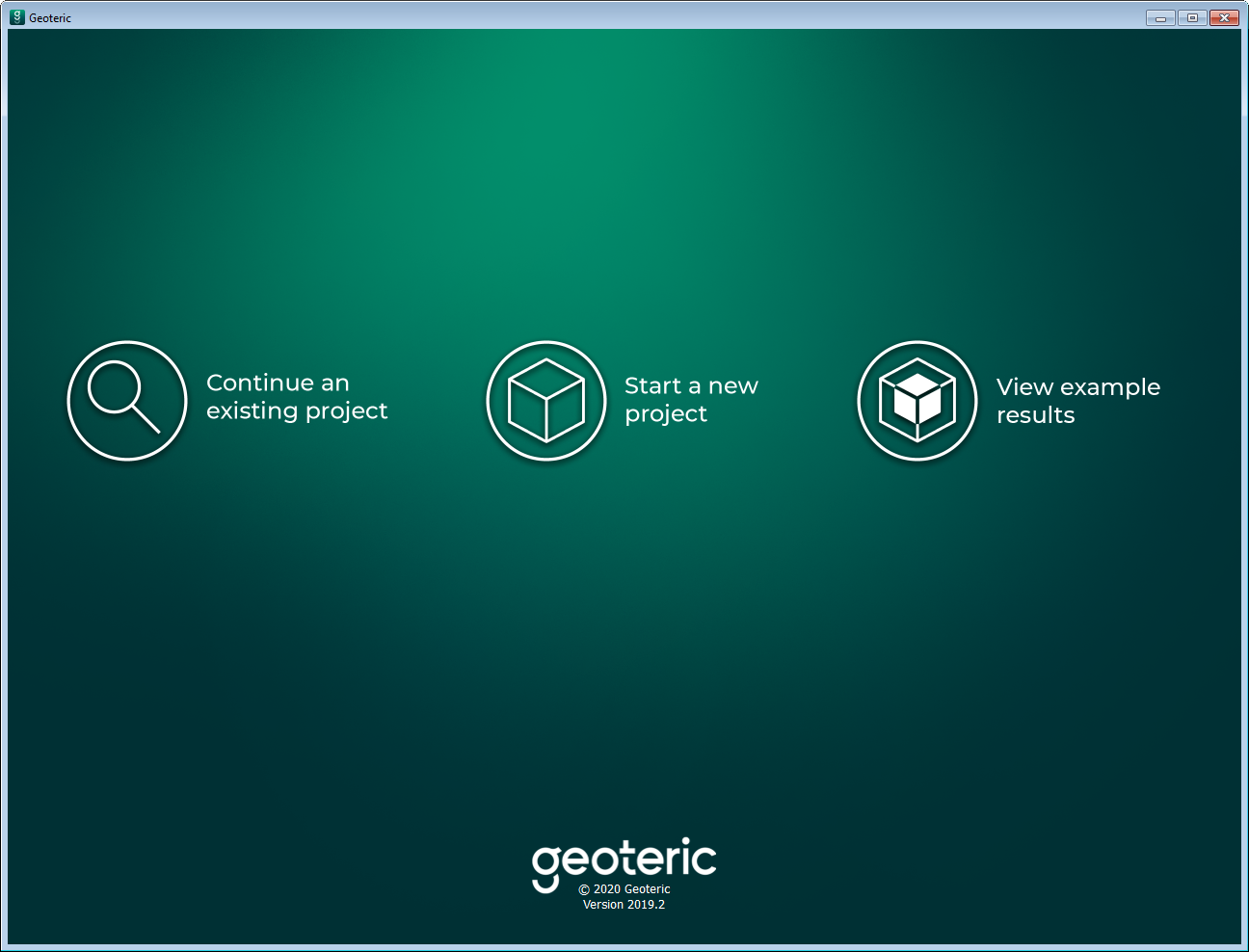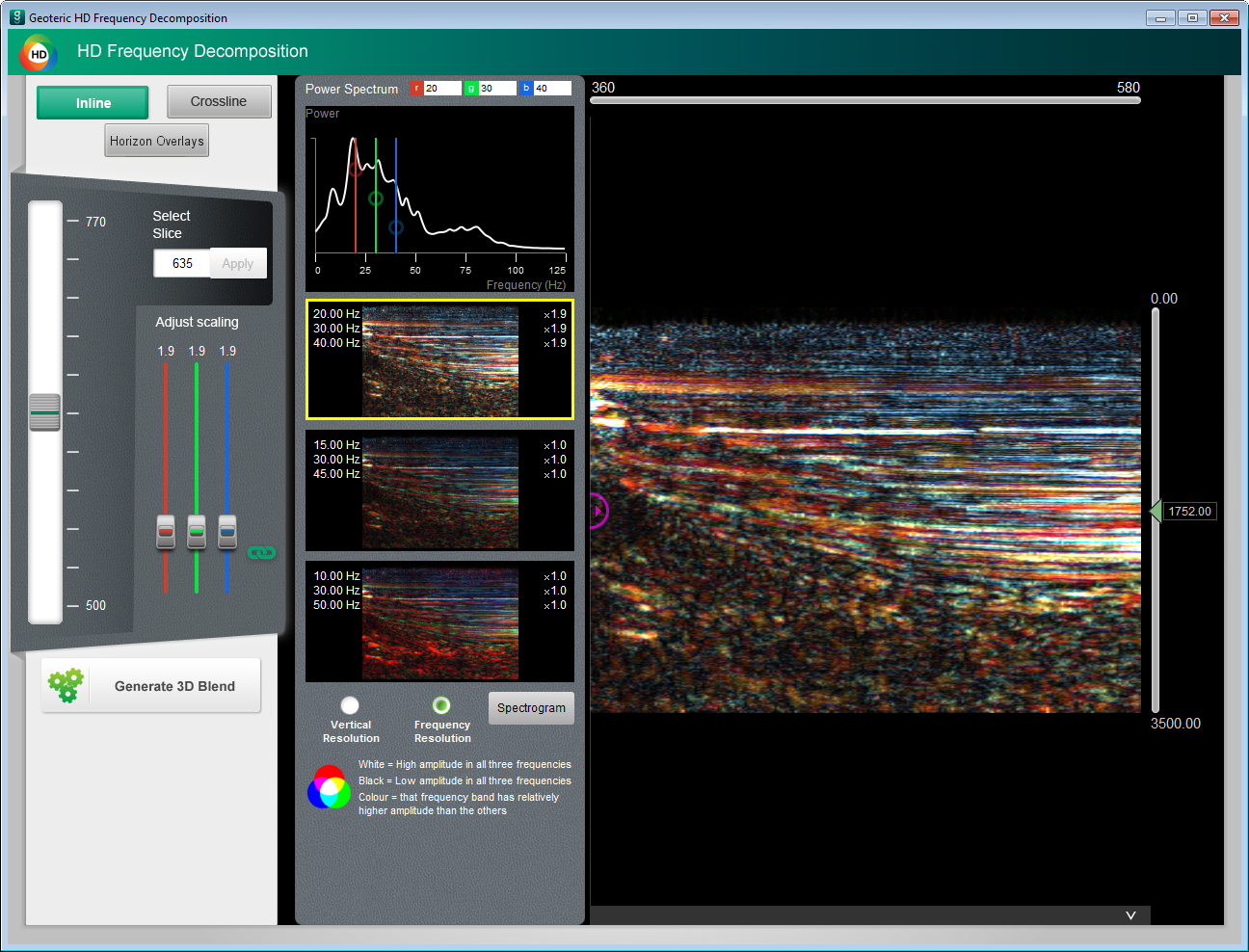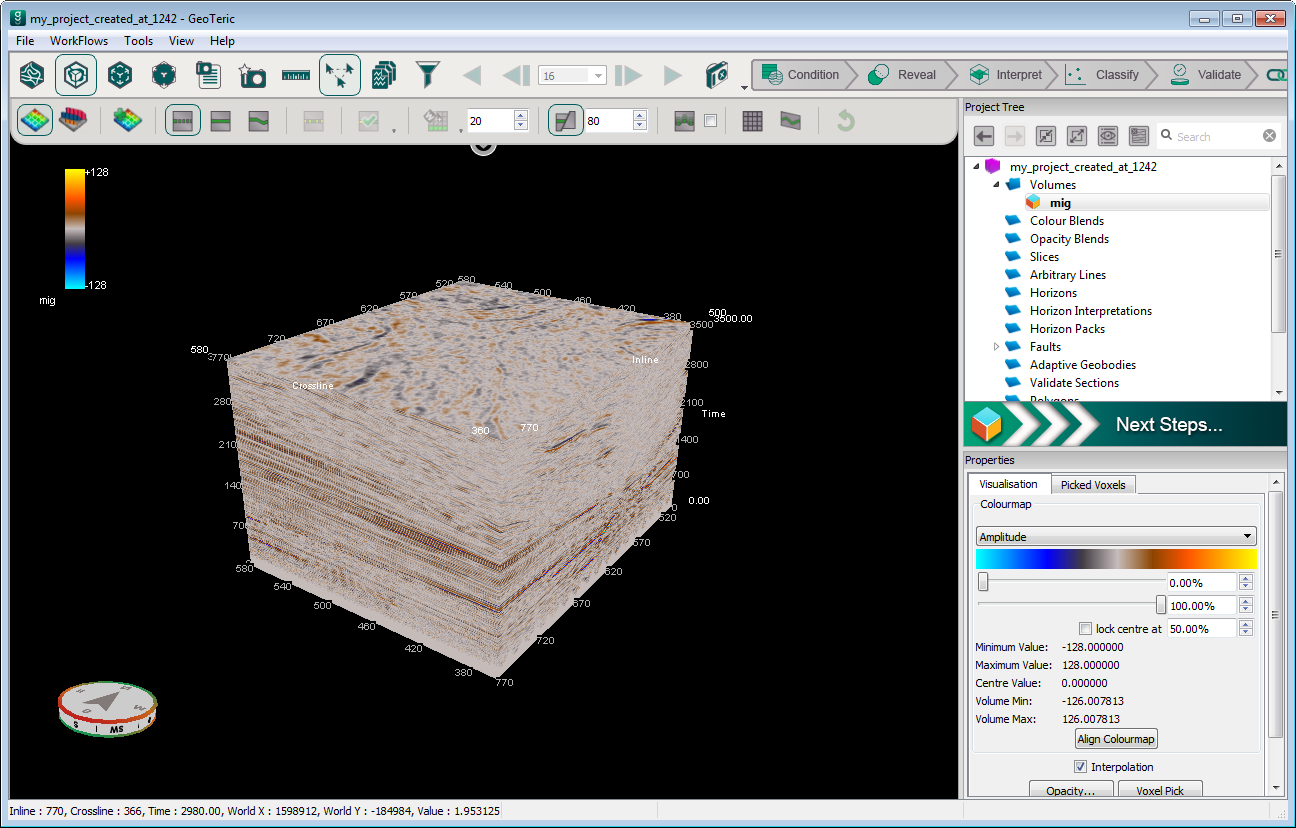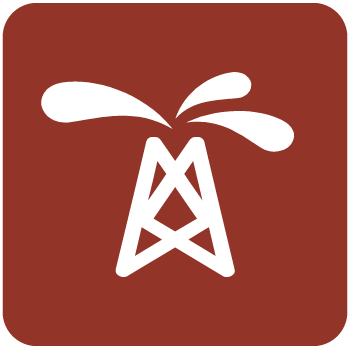تفسیر 3 بعدی لرزه نگاری | GeoTeric 2019.2

نرم افزار زمین شناسی GeoTeric™نرم افزاری می باشد که زمان E&Pرا توسط تبدیل مستقیم اطلاعات ژئوفیزیک به زمین شناسی کاهش می دهد. بر اساس تکنولوژی اختصاصی شرکت FFA، تاکنون بیش از 300 پروژه در مخازن متعارف و غیر متعارف با موفقیت انجام شده است. تکنولوژی تفسیر ground-breakingکه حاصل شده از تجربه های گران بهای شرکت FFAدر زمینه های سیکل عمر مخازن و مطالعات میکروسکوپی است نتایج بسیار شگفت آوری در مورد استخراج اطلاعات از دیتای لرزه ای را نشان می دهد. نرم افزار GeoTericروش جدیدی در مورد تفسیر داده های لرزه ای با استفاده از ترکیب اطلاعات ژئوفیزیک، دانش زمین شناسی و پردازش تصاویر ارائه می دهد. یکی از تفاوت های عمده این نرم افزار با سایر نرم افزار ها، داده محور بودن، روش راهنمایی ویژه تفسیر و آسانی کار با برنامه است و این یک کلید مهم برای دریافت اطلاعات زمین شناسی از اطلاعات لرزه ای برای زمین شناسان و مهندسان مخزن است و این عامل باعث شده است که شرکتFFAبا شرکت های گوناگون همکاری کند.

Geoteric 2019.2 release notes
Geoteric 2019.2 has focused on two key areas: Performance and Usability.
Geoteric is Cloud agnostic and functions using whichever Cloud instance is launched. Performance bottlenecks have been resolved following a Cloud usability study. Machine resources are now optimised on software start-up, dependant on the memory and CPU available of the instance, as well as a focus on HDFD performance which has seen on average a 50% improvement in speed of calculation.
For workflows using the Validate license, the process can now be concluded by saving the results into the Geoteric project as full seismic volumes capable of being used in subsequent quantitative evaluations and calibration workflows. Following feedback received from the transformation of the fault interpretation workflow in Geoteric 2019.1, Geoteric 2019.2 incorporates updates to the fault interpretation workflow. Key drivers were better usability and reduction in factors known to cause RSI. These included fault and horizon interpretation in both the 3D window and the interpretation window, more performant and accurate gridding of fault surfaces from interpreted fault sticks, and updates to the fault stick filter interface.

Key areas of updates in Geoteric 2019.2
• Cloud friendly for all major public clouds with performance optimisations and simple deployment
• Machine resource optimisation
• Support for high DPI screen resolution
• HDFD performance
• Fault surface gridding
• Seismic volume output
• Link for Petrel 2019.2
• Usability updates for interpretation workflows
• Fault stick filtering and move to folder from 3D scene only
• Bug Fixes
Support high DPI screen resolution
Screen resolution is constantly increasing, and the Geoteric 2019 series of releases is fully compatible with high DPI displays, such as 2K and 4K resolutions.
Machine resource optimisation
Static single-user desktop machines with non-varying memory and CPUs are now more routinely being replaced by on-prem or public Cloud distributed compute infrastructure. As such, Geoteric is now optimised to take advantage of increased and varying amounts of memory and number of CPUs which may be available each time Geoteric is launched, in each Cloud instance. The actual amount of memory available to be used in each instance, and the number of CPUs enabled, can be controlled by the user and will scale dependant on the total available at the time of start-up of Geoteric.
HDFD performance
HDFD is a vital part of the interpretation workflow and is a computer resource intensive process. HDFD has been optimised to perform on average 50% faster than with previous releases. Optimisation has scaled for both desktop installations as well as distributed compute Cloud architecture, whether onprem or public.

Fault surface gridding
The fault surface gridding algorithm has been re-written. Performance has been improved on average by 98% across a broad range of tested projects and fault stick-sets. The accuracy and reliability of the algorithm has also been improved, thereby enabling workflows to be completed in a timely and consistent manor.
Validate license – seismic volume output
At the conclusion of a workflow using Validate, you can now choose to output the results in the form of seismic volumes saved in the project. The final slice can be padded on either side with duplicate values and you can choose to output a volume to the lateral extents of an existing volume in your project. This enables further quantitative workflows and calibration of amplitudes between multiple models. It also enables combination of multiple validate sections into single volumes, use of tools such as opacity blending to combine validate output with other seismic, and draping synthetic output onto surfaces.
Link for Petrel 2019.2
Geoteric 2019.2 is enabled for direct data transfer to Petrel 2017, Petrel 2018 and Petrel 2019 using the link included with the installer. This includes the link to Petrel 2019.2. Links for versions of Petrel earlier than Petrel 2017 are not supported from Geoteric 2019.1.
Usability updates for interpretation workflows
Select and activate a fault-set
In any fault stick editing mode, pressing the select tool (or ‘J’ shortcut key) will allow you to select and activate a different fault stick-set with one mouse click. Thereafter the mode will automatically return to the previously active mode.
This makes editing much easier particularly when grouping together fault sticks into sets, when a one-click change to the active set enables you to continue grouping without losing focus. If this mode has been chosen by mistake, you can exit this mode by simply using a double click or pressing escape key, and you will return to the ‘hand’ movement mode and cursor.
3D Window and Interpretation Window: Fault Interpretation
Updated the short-cut keys:
• Enabled Ctrl-F to open and close the fault filtering window
• Changed the joining functionality for fault sticks to use 'G' as a short-cut
• Updated the ‘select to activate and extend short-cut keys to ‘J’
Interpretation window: fault stick interpretations
There have been several improvements to the workflow for fault stick interpretation following user feedback. These are workflow related issues when using the interpretation window. All editing capabilities found within the 3D window are now also available in the Interpretation Window.
Updates include:
• Full editing and grouping of fault sticks in the same way as is possible in the 3D window, including the mode for moving fault sticks into groups.
• Being able to double-click to finish interpreting one fault stick.
• Continuing to interpret further fault sticks after a double-click. Previously a double click would revert the mode back to hand movement mode, which meant that you would have to reselect a picking mode. This required many more clicks and broke the flow of the interpretation, so this is now updated.
• A double click or escape in any fault mode other than the interpretation mode (as above) will take you to the hand/movement mode.
• A double click in fault /movement/hand mode will take you to the fault pointer mode.
• The fault stick functionality bar operates equally between both windows (3D and Interpretation windows)
Interpretation window: horizon interpretations
There have been several improvements to the workflow for horizon interpretation following user feedback. These are workflow related issues when using the interpretation window.
All editing capabilities found within the 3D window are now also available in the Interpretation Window.
Updates include:
• Being able to double-click to finish interpreting one line of a horizon interpretation, and then be in pointer/movement mode to be able to zoom in and out.
• Continuing to update an interpretation on one inline or crossline slice, if the shift button is held, but have no impact if the shift button is not held.
• Whilst still in interpretation mode, the middle mouse button will move the slice a set step distance forward or backward and will then continue to be able to interpret a new line on the next slice. Fault stick filtering and move to folder from 3D scene only The fault stick filtering functionality was introduced in Geoteric 2019.1. The option to move fault sticks which matched the filter criteria to a new folder was applied across the project to every fault stick regardless whether they were visualised in the 3D scene or not.
User feedback was received and therefore this functionality has been amended. In Geoteric 2019.2 only those fault sticks which are visualised in the 3D scene will be moved to a new set when the option is chosen. Therefore, only those fault sets which are visualised in the 3D scene will be impacted, and then only those fault sticks which match the filter criteria. On applying the move, all visualised fault sticks will disappear from view since the newly created fault-set will not be visualised by default.
The fault stick filtering user interface in Geoteric 2019.2 has also been updated to make the filtering and visualization process easier to apply and easier to understand.
Bug Fixes
14 legacy bugs have been fixed in Geoteric 2019.2.
تیم PetroTools آخرین نسخه این نرم افزار را برای شما ارائه می دهد. جهت تهیه نرم افزار با استفاده از منوی خرید با ما در تماس باشید
For buy software, Please contact us via buy menu



 O-Sense
O-Sense